How Did The Universe Expand To 46 Billion Light-Years In Just 13.8 Billion Years?
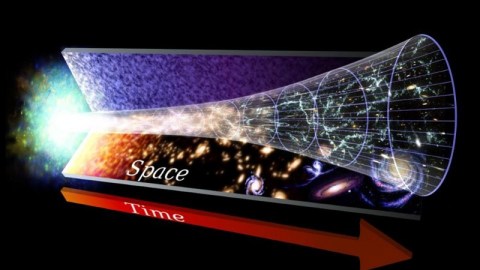
If you think it expanded faster than light-speed, you need to read this.
If the Universe is 13.8 billion years old, and the speed of light is truly our cosmic speed limit, how far away should we be able to see? The answer seems obvious: 13.8 billion light-years, since a light-year is the distance light can travel in a year, and nothing can go faster than that.
Unfortunately, like a great many answers that seem obvious when you apply your logical common sense to them, that’s not how things actually work. In reality, if you were to look at the most distant thing of all you can possibly see, and ask “how far away is it,” the answer is much farther than that: 46 billion light-years. That might sound impossible, but it’s not. You just have to expand your way of thinking.
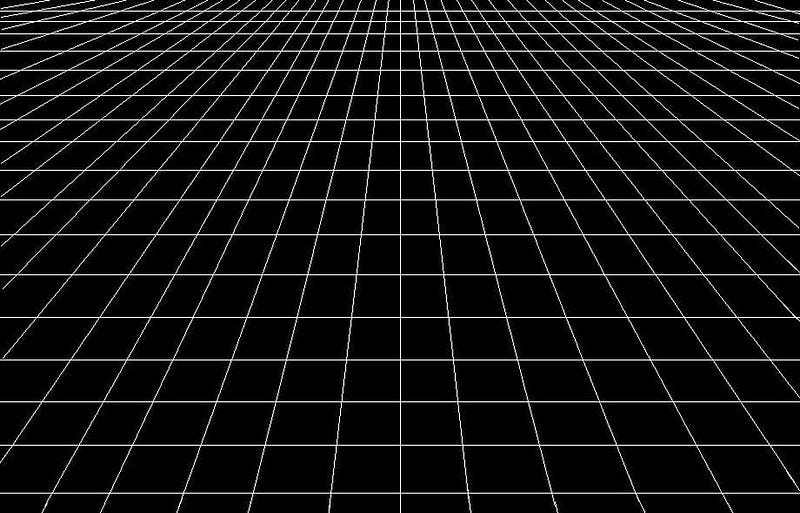
Traditionally, the way you most often think of a distance is by taking two points and drawing a line between them. It’s something we learn to do as kids, and keep with us into adulthood. For most applications, there’s no problem in doing this, whether we use a ruler, an odometer, or a light clock: by measuring the amount of time it takes a light signal to take either a one-way or round-trip journey.
But this assumption isn’t strictly valid when it comes to the Universe. Distance isn’t necessarily defined by a straight line, nor do those distances remain the same over time. The reason for this is something we don’t think about in our day-to-day experience: space isn’t flat, and it’s also inextricably linked to time, in the form of spacetime.

The “space isn’t flat” part is perhaps easier to understand. When you think about the Earth revolving around the Sun, you probably think about it the same way that Newton did: in terms of an invisible, attractive force acting from one object (the Sun) on another (the Earth).
This is the way we thought about gravity for centuries, and it literally took a genius at the level of Einstein to go beyond it. It isn’t that mass at a certain distance causes a force, but that mass is a type of energy, and energy causes the fabric of the Universe to curve. The fabric of the Universe isn’t just space, but a quantity known as spacetime, where anyone and anything in it experiences space and time together, dependent on how they’re moving relative to everything else in the Universe.
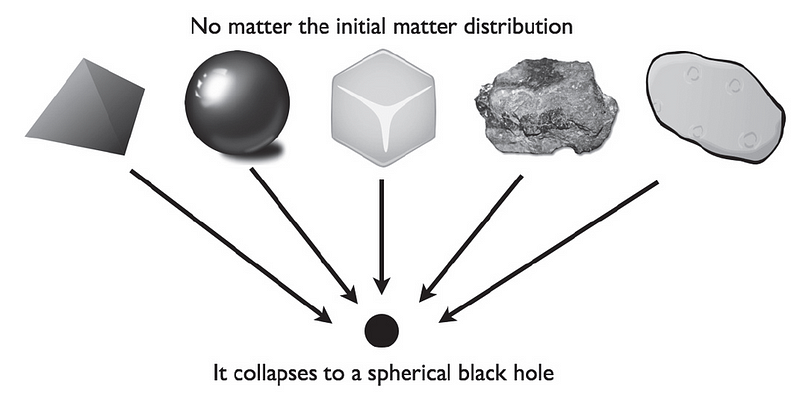
One of the things we learn about a Universe governed by Einstein’s laws — General Relativity — is that it cannot be both static and stable if it has matter in it. A Universe that’s static, where the overall fabric of spacetime doesn’t change over time, would be in trouble if you put matter down into it. Over time, that matter would gravitationally attract, and would draw itself together towards a point. In a static Universe filled with matter, there’s only one possible fate: contracting down to a black hole.
Don’t worry; that’s not our fate.

Because our Universe is doing the one thing it can do to prevent it: it’s expanding. The best way to imagine the Universe is as a loaf of dough in some zero-gravity oven, where the dough is filled with raisins.
Each individual raisin represents a gravitationally bound structure in the Universe: a star cluster, a galaxy, a group of galaxies, or something even larger. Each raisin also isn’t bound to any other raisin; they are far enough apart that gravity will not bring them together, even given an infinite amount of time.
Why? Because the dough is rising. And that dough represents the fabric of spacetime. As time goes by, the Universe expands, and distant raisins (galaxies) appear to move away from one another.
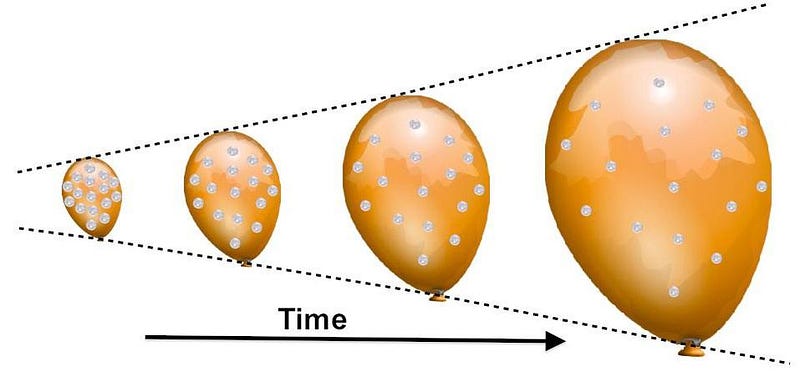
This is the key point that’s so hard for most people to understand. The expansion of the Universe isn’t about a speed. The Universe doesn’t expand at the speed of light, the speed of sound, or any other speed. If you were to look at a raisin that’s close by you, it would appear to move away from you relatively slowly, and a light signal sent from it to you would only take a short amount of time to get there. But if you were to look at a raisin that was much farther away, it would appear to recede much more quickly. A light signal sent from it to you would take a very long time to get there.
The reason is because the expansion of the Universe depends on how far away an object is from you. It’s not a speed; it’s a speed-per-unit-distance.
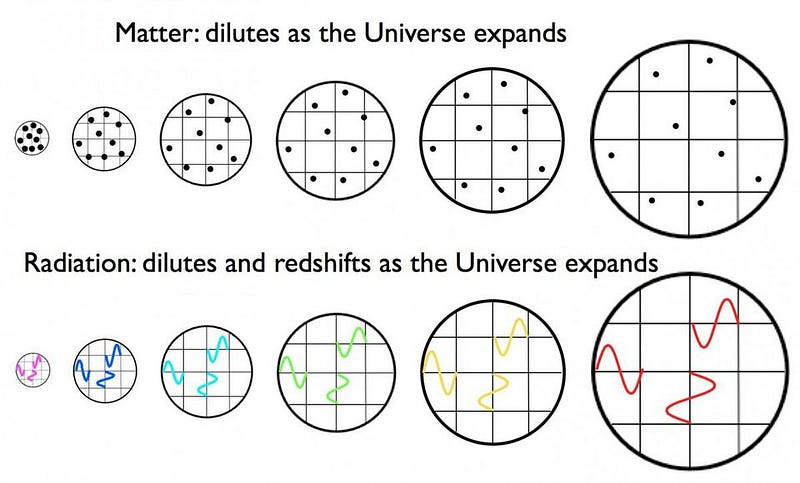
This is why, when we talk about the measured expansion rate of the Universe — what we sometimes call the Hubble constant — it comes along with such weird, foreign values: something like ~70 km/s/Mpc. This tells us that for every megaparsec (Mpc, or about 3.26 million light-years) a galaxy is distant from any other galaxy, it appears to recede at 70 km/s.
So if an object is presently 100 Mpc away from us, it appears to move away at 7,000 km/s.
If an object is 4,300 Mpc away from us, it appears to move away at around 300,000 km/s, or the speed of light.
And if an object is 14,100 Mpc away from us, it appears to move away at around 987,000 km/s, which is a crazy large number.
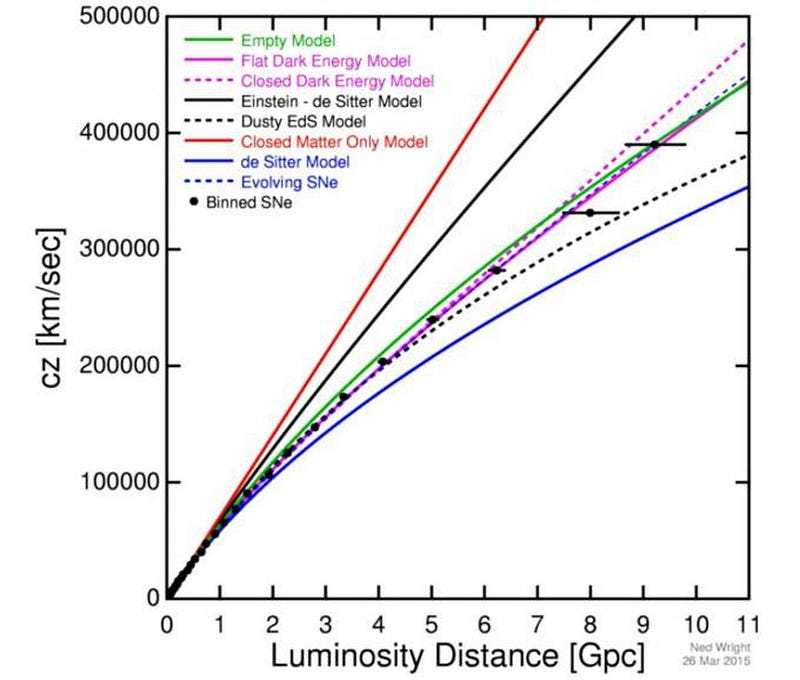
But I keep saying something you may be glossing over: it appears that these objects move away from us at these speeds. In reality, the objects themselves aren’t moving, just like the raisins aren’t moving relative to the dough that they’re in. Instead, what’s happening is that the fabric of spacetime itself is expanding, and the light coming from these objects is getting stretched — to longer, redder wavelengths — as the Universe expands.
This is why we talk about the redshift of distant objects: because their light gets stretched as the fabric of the Universe expands. It’s the matter and energy density of the Universe that determines how quickly the Universe expands, and we have to add up all the different types of energy, including neutrinos, radiation, dark matter and dark energy, to get the right answer.
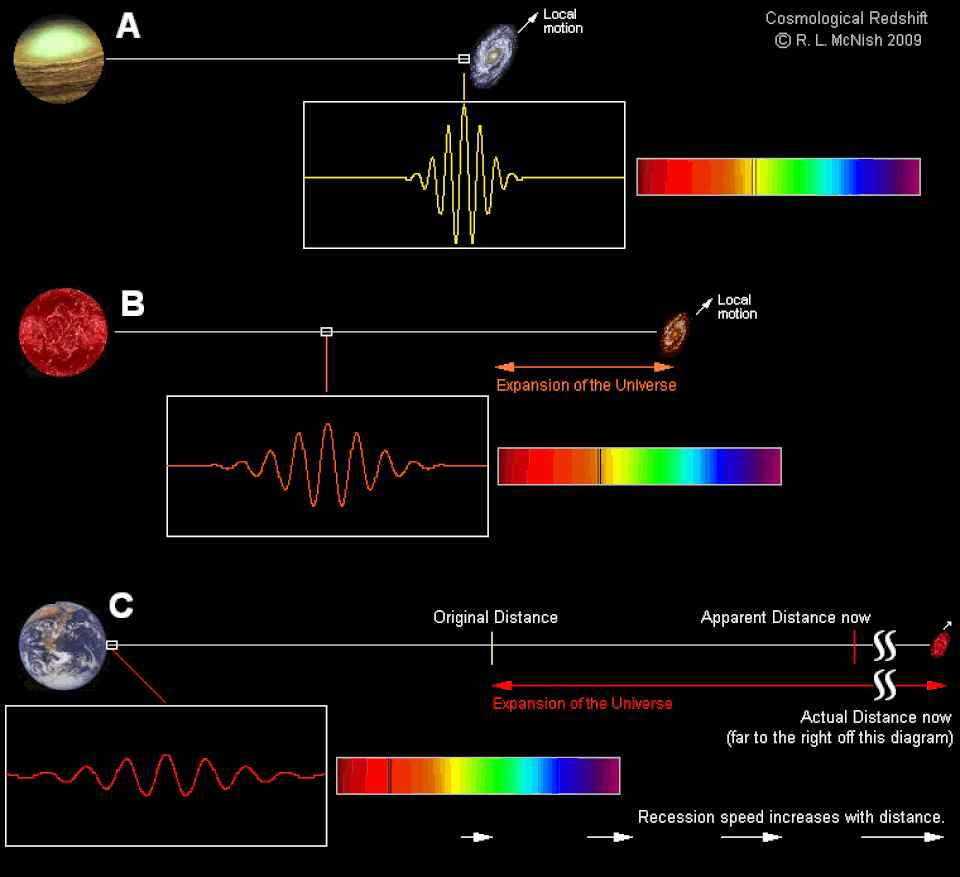
Today, there’s light arriving at our eyes from all sorts of different objects at all sorts of different distances. The objects that are 13.8 billion light-years away from us now were much closer in the distant past. When they first emitted the light that’s reaching us today, this occurred at a time that was already billions of years ago. That galaxy might be 13.8 billion light-years away right now, but the light didn’t need to travel for 13.8 billion years to reach us; it traveled a shorter distance and for a shorter amount of time.
In fact, we can see objects that are farther away than 13.8 billion light-years today, all because of the fact that the fabric of the Universe itself is expanding.
So what do we do if we want to know how big the observable Universe is? We need to ask the following question:
Given all we know about the expanding Universe and what the different amounts of all the different types of energy that are in it are, how far away would an object be today if its light were only, just now, arriving after a journey of 13.8 billion years?
If you do the math, you get an incredible answer: 46 billion light-years. (Or 46.1 billion light-years if you want to be even more precise.) If our Universe had more dark energy and less matter, the answer would be slightly larger; if the Universe had more matter and less dark energy, the answer would be slightly smaller. But that’s how we get to the edge of the observable Universe.
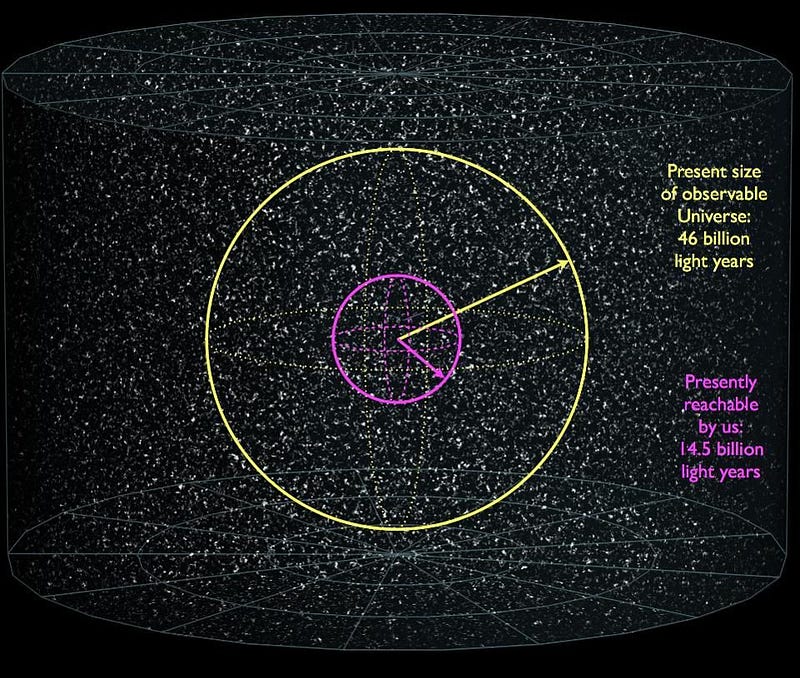
This doesn’t mean we can reach everything in the part of the Universe we can see! The most distant parts of the Universe are only visible during the earliest stages. In fact, everything that’s more distant than about 4,300 Mpc (or 14 billion light-years) today is at the limit of how far we can reach at the speed of light. The object more distant than that can still be seen by us, but only as they were in the past; similarly, they can only see us as we were in our past. Someone more distant than 14 billion light-years from us, even with an infinitely powerful telescope, could never observe human civilization as it is today on Earth.
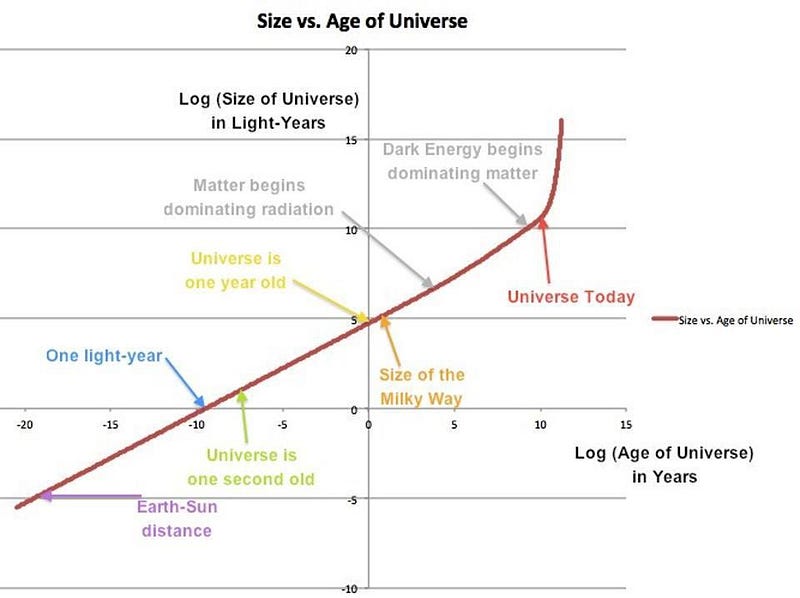
The fact that we can see the Universe we do tells us that it must be expanding, a fantastic match of theory and observation. It also tells us that we can extrapolate back in time to as early a stage as we want, and find all sorts of interesting milestones that happen as far as the size of the Universe is concerned compared with its age. When the Universe was a million years old, its edge was already some 100 million light-years away. When it was just a year old, we could see for nearly 100,000 light-years. When it was just a millisecond old, we could already see for a light-year in all directions.
And today, 13.8 billion years after the Big Bang, the farthest thing we could possibly see, corresponding to the light emitted at the first moment of the Big Bang, is 46.1 billion light-years distant. Given the contents of our Universe, it couldn’t have turned out any other way.
Ethan Siegel is the author of Beyond the Galaxy and Treknology. You can pre-order his third book, currently in development: the Encyclopaedia Cosmologica.





